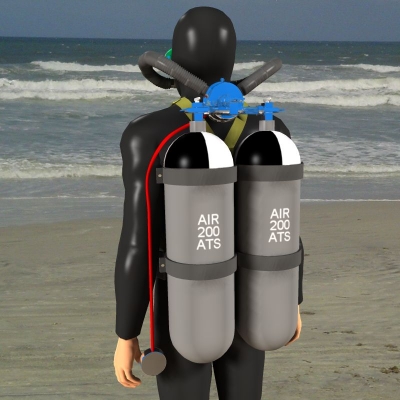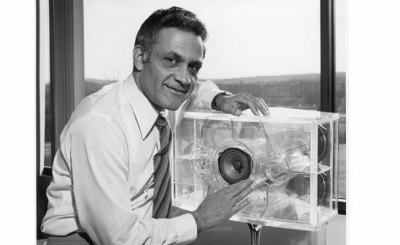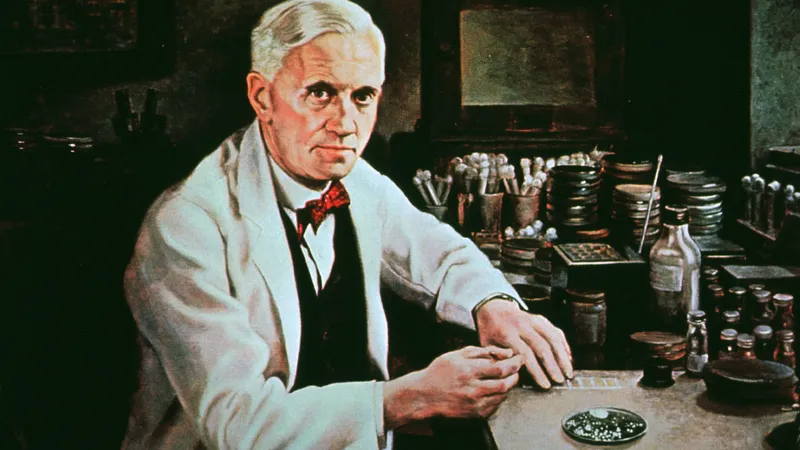When was the Aqua-Lung invented?

The aqualung invented in 1943 is the best and safest of all diving devices. Read on to know about the people behind the invention
About 200 years ago, divers used a device called a diving bell, which was lowered from a ship into the water. It was open at the bottom and received air from the surface through a hose. The air pressure kept the water out of the device. The diving bell gave way to the snorkel and diving suit.
However, the best and safest of all diving devices is the aqualung invented in 1943 by a French naval officer Jacques-Yves Cousteau and an engineer named Emile Gagnan. The aqualung is a portable diving apparatus, which consists of cylinders (tanks) of compressed air with a valve and mouthpiece. The valve adjusts air pressure automatically and supplies air as a diver needs it, so that air pressure inside the divers lungs matches the pressure of the water. Unlike previous devices, the aqualung was light and convenient and Lalung now part SCUBA millions Id every allowed the diver to move about freely.
The first aqualung was sold in 1946. The system is now part of modern SCUBA gear, with millions of units sold every year. Recreational scuba diving has become an international phenomenon.
Picture Credit : Google

